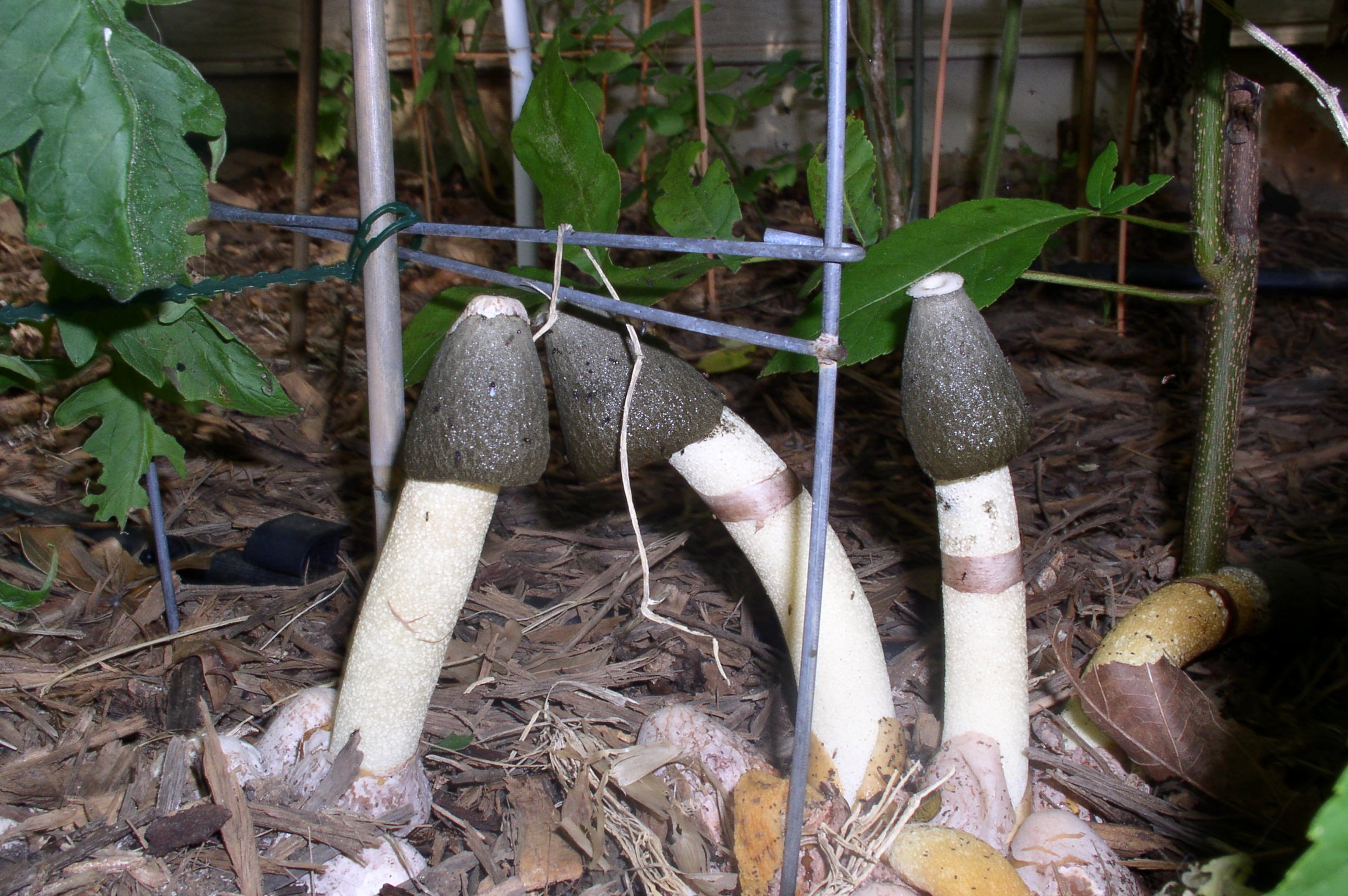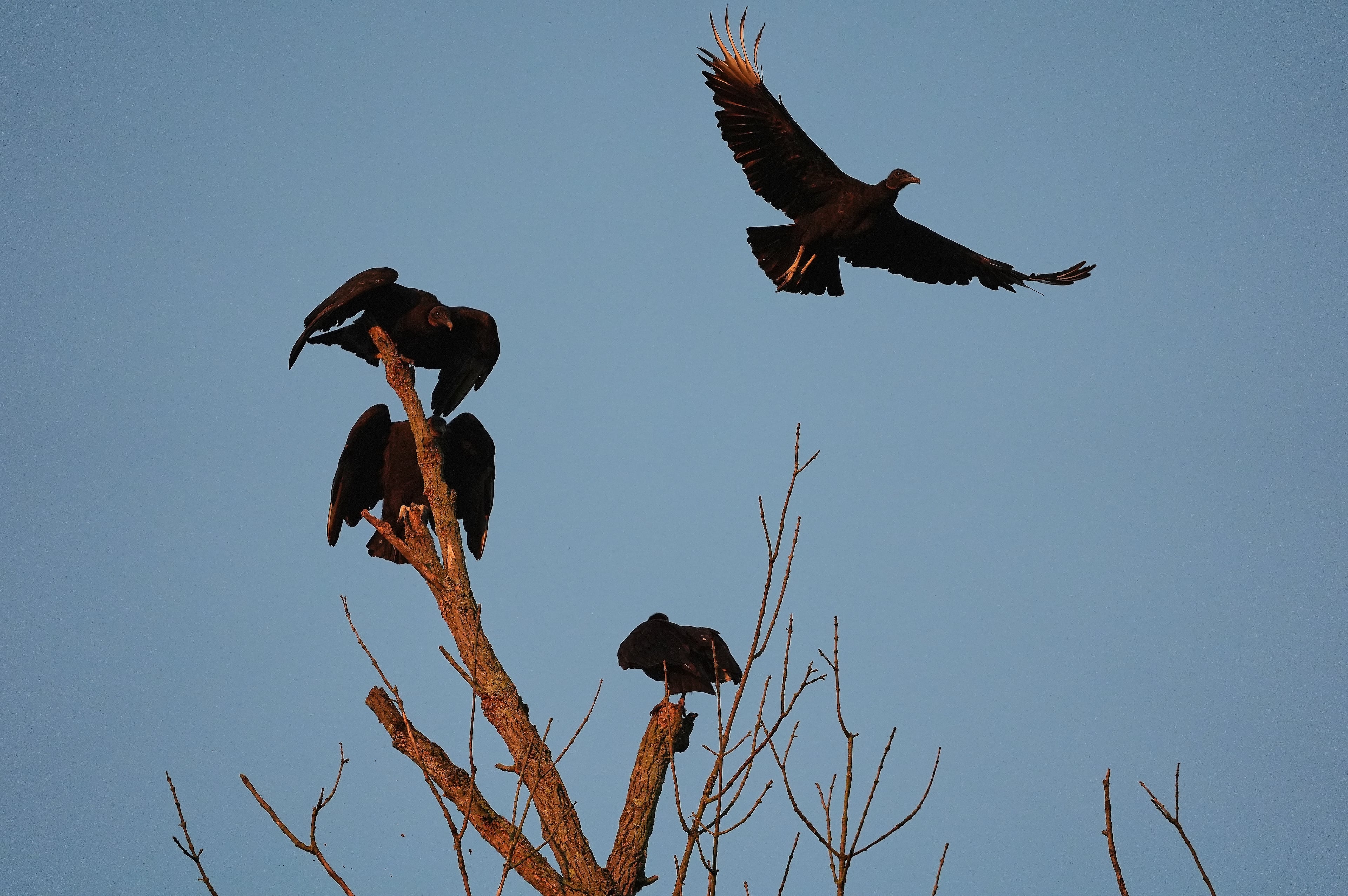What was my dogwood worth? It’s best to call one of these tree professionals.
Q: Do you have any idea what would be the valuation of a healthy pink dogwood that was prematurely removed from its site and destroyed? — Darryl McKoon, Atlanta
A: The American Society of Consulting Arborists is a group that sponsors training on the Tree and Plant Appraisal Qualification Certificate program. Members who have this certificate are able to valuate your tree professionally. The group’s website is asca-consultants.org.
In addition, the local Georgia Arborist Association sponsors professional, bilingual tree care training, safety education and an annual tree climbing competition. It is a great resource for professionals and homeowners taking care of trees. This group sponsors Tree and Plant Appraisal Qualification trainings as well.
The Georgia Arborist Association has a list of members on its website, georgiaarborist.com. Go there, find the directory and use the word “inspection” as the search term.
Several of these tree groups have an International Society of Arboriculture-certified employee who is trained in tree valuation. The next Georgia Arborist Association training on tree and plant appraisal is July 30-31.
Q: Can you help me identify (and get rid of) the tiny black bugs that are on the blossoms of my gardenia? I have LOTS of gardenias in my yard, but this one is the only one with bugs. I grew it from a cutting of my grandfather’s 50-year-old plant. — Stacy Archer, email
A: You have an infestation of thrips. (Fun fact: Thrips are the only insect that I know of whose name is the same — singular or plural. If you see one of the creatures you see one thrips. If you see 10 of them, you see 10 thrips).
Thrips infest many flowers, but they’re easiest to see on white flowers like gardenias. Thrips damage the flower by rasping (scraping or puncturing the surface of plant tissues) the top of the flower cells and drinking the contents. This is particularly noticeable at the edge of the flower petals.
The damage, besides being ugly, if you have a lot of thrips, flower buds might drop without opening. You can start controlling thrips by releasing predatory mites. Amblyseius swirskii is a particular species of mite that seems to survive here from year to year. These mites are available online from several suppliers.
They are applied by hanging little sachets on infected plants after night temperatures reach 68 degrees. The sachets release mites gradually so there is less competition between them. If you have a lot of gardenias, you should inspect flowers every week.
Give the mites time to work; usually they are enough to get the job done, but if you continue to see thrips at the end of the summer, a systemic insecticide can be used.
GARDEN QUESTIONS? Send them to Walter at georgiagardener@yahoo.com. Questions with good pictures, if appropriate, are preferred but not required.

